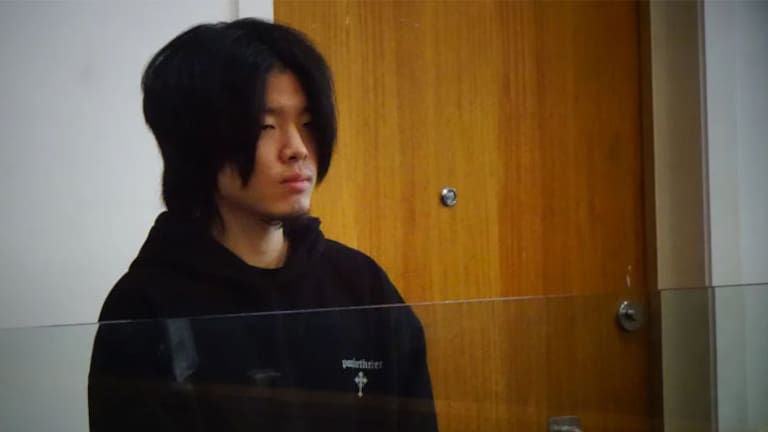Hundreds of Portugese millipedes are invading homes along Wellington's South Coast, prompting scientists to investigate ways to halt their spread.
Locals in areas such as Ōwhiro Bay have reported finding the invertebrates in shoes, bags, and even their beds. The infestation has worsened recently, as some residents described the experience as mentally exhausting.
Ecology student Dan Moskovitz said the removal of the millipedes could "really get on people's mental health".
"You sweep them up, bin them, and the next day they're back. If you crush them, they smell bad."
The Portugese millipede, a European native, had likely been in Wellington for around two decades — but little was known about the ecological impact of the species despite their growing impact.

Victoria University entomology professor Phil Lester said they were first spotted in a transitional facility in Seaview and had since spread to Wainuiomata and the South Coast.
They were difficult to control due to their natural chemical defences, he said, which made them unpalatable to predators.
"Not a lot eats them. They have a natural defence chemical they excrete when they are attacked or when something does try and eat them that makes them really distasteful."
Moskovitz was leading a research project using bark mulch bags placed at 47 sites to monitor the millipedes over the next 18 months.
The mulch, sourced from Ōtari-Wilton’s Bush, provideed habitat for invertebrates and may help track distribution.

“If we can get even some course-level detail on their distribution in Wellington and how fast they're changing, that would be fantastic,” Moskovitz said.
"We also want to know if they’re outcompeting native invertebrates."
One promising control method involves nematodes — microscopic worms that infiltrate the millipedes through breathing holes or the mouth.
Once inside, they released bacteria that would kill the host and reproduce within it.
While the nematodes won’t eliminate the millipedes entirely, scientists hoped they could prevent further spread.


















SHARE ME